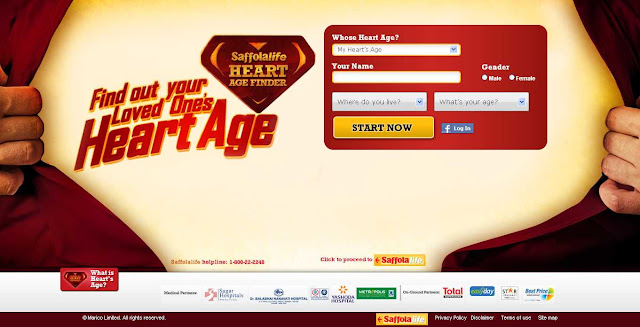Angioplasty & Stenting
Well explained through animation
The heart is a muscle, fed by arteries called coronary arteries that supply the muscle with oxygen.
During a heart attack, one of these coronary arteries becomes blocked, depriving the muscle of oxygen and causing the heart attack symptoms people generally report.
As the heart muscle is deprived of oxygen, the cells that make up the muscle begin to die.
Muscle is lost by the minute during a heart attack, and if blood is not restored to the heart quickly, it can lead to irreversible damage to the heart and, sometimes, even death.
Muscle is lost by the minute during a heart attack, and if blood is not restored to the heart quickly, it can lead to irreversible damage to the heart and, sometimes, even death.
Limiting damage to the heart requires opening the blocked coronary artery to restore the flow of oxygen-rich blood to the cells of the heart muscle.
What is angioplasty and stenting ?
Angioplasty is used to reopen an area where your artery is blocked.
What is angioplasty and stenting ?
Angioplasty is used to reopen an area where your artery is blocked.
Your doctor can open up your artery to allow blood to flow better by using a tube called a catheter that has an inflatable, small, sausage-shaped balloon at his tip.
Angioplasty is much less invasive than surgery.
You will receive a relaxing medicine (sedative) through an intravenous line (“IV”), and you will be given a local anesthetic to numb the area—usually the groin or arm—where the catheter will be inserted.
By using X-ray images, your doctor can look at the size of the coronary artery and choose the appropriate type of balloon catheter and wire.
By using X-ray images, your doctor can look at the size of the coronary artery and choose the appropriate type of balloon catheter and wire.
The guide wire is an extremely thin wire with a flexible tip.
During angioplasty, the wire is inserted through the catheter and into the artery. The tip of the wire is then guided across the blockage and beyond it.
The wire serves as a guide for the catheter and balloon, which is navigated and positioned across the blockage, where the balloon is inflated to open the blockage and restore blood flow.
The same technique is used for stenting.
The same technique is used for stenting.
A stent is a small tube made of wire mesh, which is left in the artery to keep the artery open and improve blood flow.
Blockages in the coronary arteries can be caused by high levels of cholesterol, which turns into plaque and lines the walls of arteries, causing them to narrow or become blocked over time.
Blockages in the coronary arteries can be caused by high levels of cholesterol, which turns into plaque and lines the walls of arteries, causing them to narrow or become blocked over time.
The surface of the plaque in the artery may also rupture, causing a blood clot to form and leading to a heart attack.
It’s essential that blood flow be restored to the heart as quickly as possible. There are several types of angioplasty:
1. Balloon angioplasty
It’s essential that blood flow be restored to the heart as quickly as possible. There are several types of angioplasty:
1. Balloon angioplasty
A small balloon is inflated inside the blocked artery to open the blocked area
2. Atherectomy
3. Laser angioplasty
4. Stenting
2. Atherectomy
The blocked area inside the artery is “shaved” away by a tiny device on the end of a catheter
3. Laser angioplasty
A laser is used to “vaporize” the blockage in the artery
4. Stenting
A tiny coil, called a stent, is expanded inside the blocked artery to open the blocked area and is left in place to keep the artery open

Comments
Post a Comment